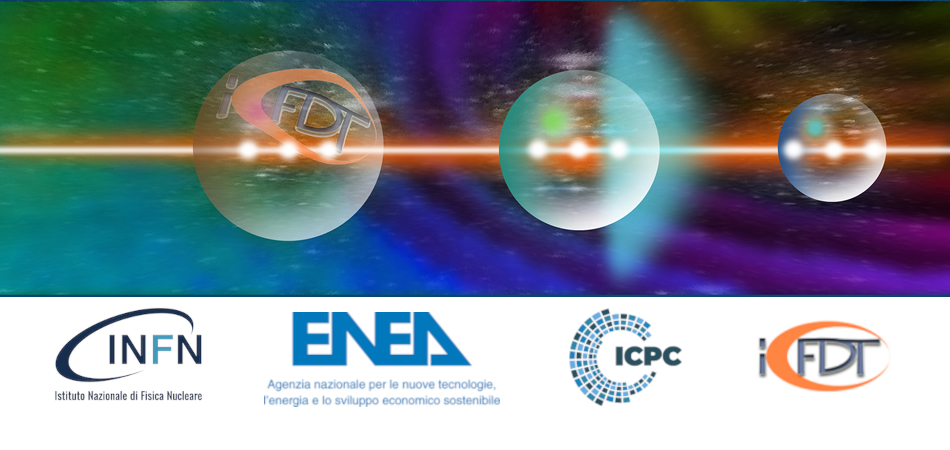Speaker
Description
The muon anomalous magnetic moment, $a_\mu=\frac{g-2}{2}$, is a low-energy observable which can be both measured and computed to high precision, making it a sensitive test of the Standard Model and a probe for new physics. This anomaly was measured with a precision of 0.20 parts per million (ppm) by the Fermilab's E989 experiment. The final goal of the E989 experiment is to reach a precision of 0.14 ppm. The experiment is based on the measurement of the muon spin anomalous precession frequency, $\omega_a$, based on the arrival time distribution of high-energy decay positrons observed by 24 electromagnetic calorimeters, placed around the inner circumference of a $14$ m diameter storage ring, and on the precise knowledge of the storage ring magnetic field and of the beam time and space distribution.
To achieve this level of precision is needed a very specific control on the systematics, and this is achieved through several diagnostic devices, at accelerator level to monitor the quality of the injected beam (e.g. to ensure it's at the correct momentum value), and and at detector level to monitor both the magnetic field and the calorimeters gain. In this talk I will present the devices and techniques used by the E989 experiment.

